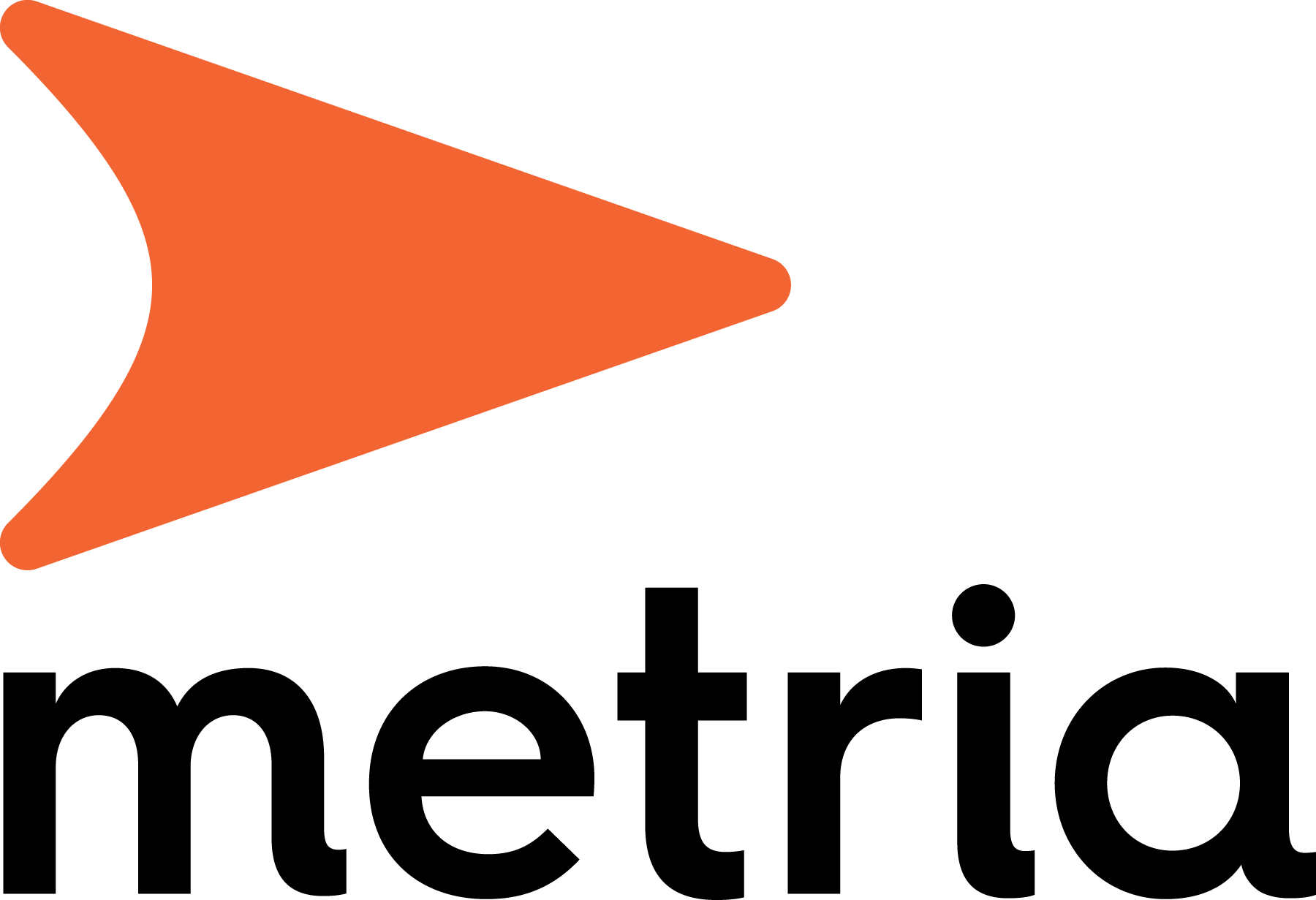Having an effective leak detection system can save municipalities a lot of money and is also important for conserving water resources. Studies show that it is common for 15-20% of water to leak from Sweden's water supply network.
Time-consuming to locate leaks outside buildings
Leakage is often monitored through area measurement with a listening rod and measurements of consumption via the flow meters mounted on the main pipeline network.
The flow meters give an indication of "abnormal" consumption. Nevertheless, it can be difficult to understand whether consumption is user-driven or due to a leak. Locating a leak is time-consuming, especially in the off-road network outside areas with hard surfaces and where few people can detect and report leaks.
Radar data used to measure soil moisture
Radar signals (microwaves) interact strongly with water molecules, making them useful for measuring soil moisture. The increased availability of high-resolution radar data has improved the ability to monitor water leaks. The radar signal can penetrate different depths in vegetation and soil. The higher the water content, the more the radar radiation is absorbed and reflected instead of passing through.
Together with a water company, we have developed a method to search for leaks in open areas outside cities based on radar images from the European Sentinel-1 satellite.
We have extensive experience in using satellite data to map various phenomena and events. The European Copernicus system with a multitude of satellites has increased the possibility to continuously follow and monitor the development of many different parameters such as vegetation and humidity.


